Most Common Orthopedic Surgeries
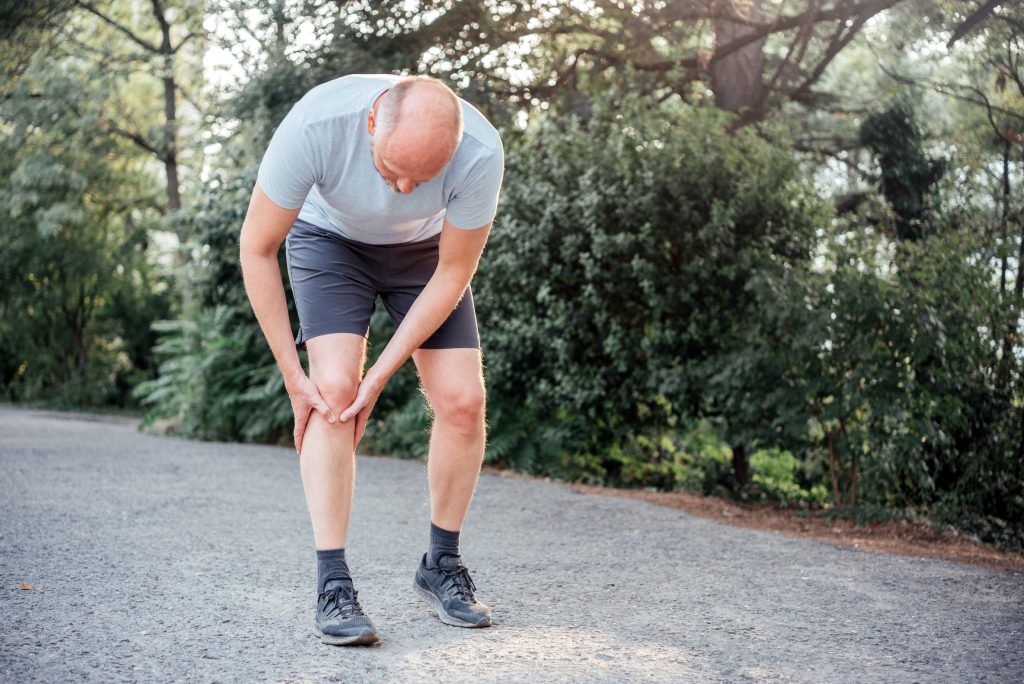
Orthopedic surgeries are common among athletes, individuals that suffer from various forms of arthritis and degeneration, and often people that have suffered from injuries affecting bones and joints.
Meaning anyone can find themselves in a place where they might require orthopedic surgery at some point in their lives. Here we will discuss the most common orthopedic surgeries.
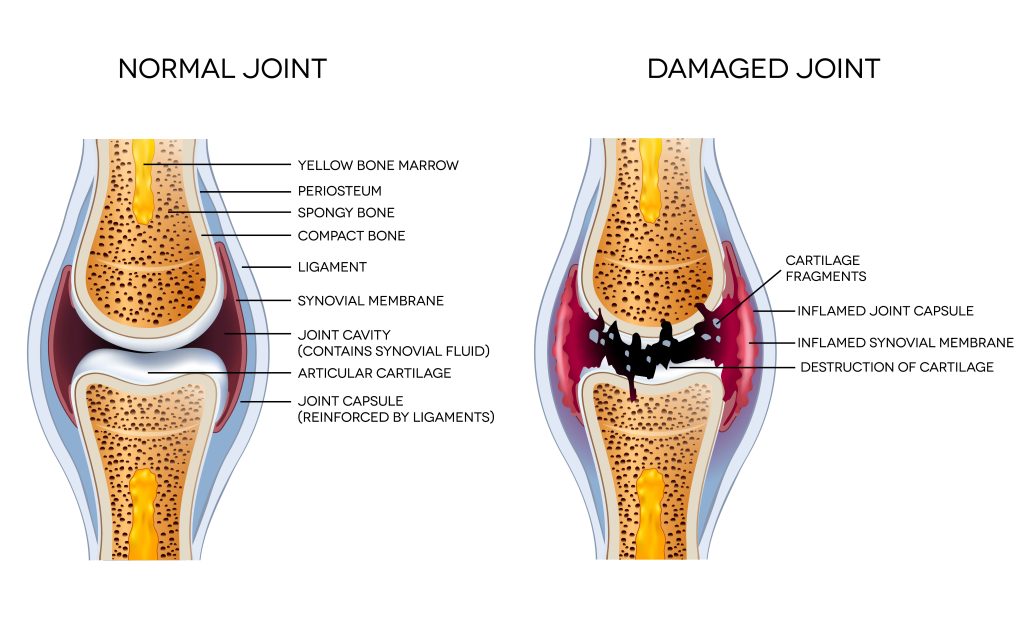
Knee Replacement
With knee replacements, there are two basic types: partial and total. Which one an individual needs depends on the severity of the arthritic disease process. Knee replacements are needed when the cartilage is no longer there to cushion the ends of the bone, and if symptoms warrant it.
With damaged cartilage and problems with the remaining connective tissues in the joint, stiffness and pain happen. When this becomes severe and when all non-surgical treatments have failed, a replacement is often recommended. The number one cause of knee replacements is Osteoarthritis, which is an inflammatory condition that destroys the joint.
For a total knee replacement, the surgeon will replace the entire damaged knee joint with metal components. For a partial knee replacement, the surgeon will only replace the damaged portion. Knee replacements started to be developed in the 1940s, with one of the first attempts completed in 1861.
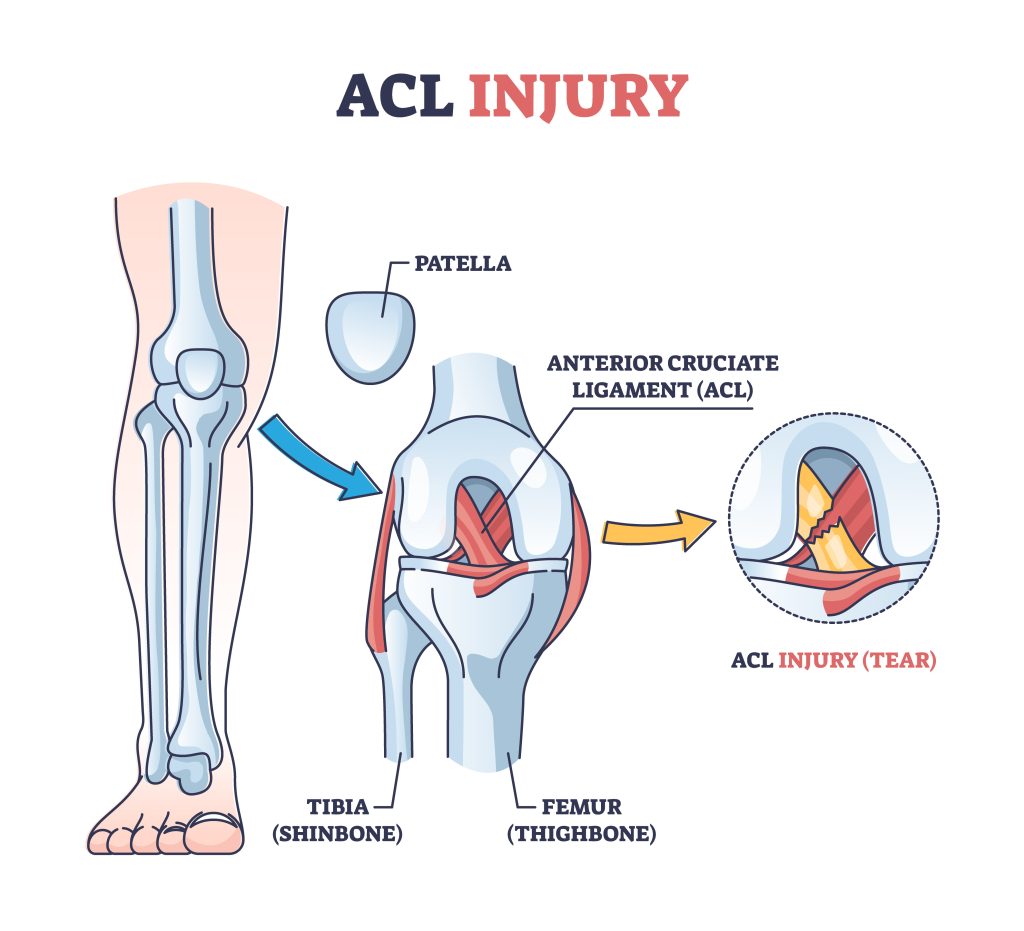
ACL Reconstruction
The Anterior Cruciate Ligament (ACL) is a major ligament, located diagonally inside of the knee. The ACL’s function is to provide stability when you rotate your knee. It also provides stability between the long bones in the leg during motion. ACL injuries are common among athletes, but other people suffer from this injury as well. In this surgery, the torn ACL is usually reconstructed with a portion of a tendon taken from another part of the body, or with a cadaveric tendon replacement material. ACL reconstruction is often accompanied by treatment of associated meniscal pathology. Extensive rehabilitation is required after such a reconstruction. The first of these repairs was accomplished in 1895 by Dr. Mayo-Robson, in England. Reconstructions started during the 1914s.
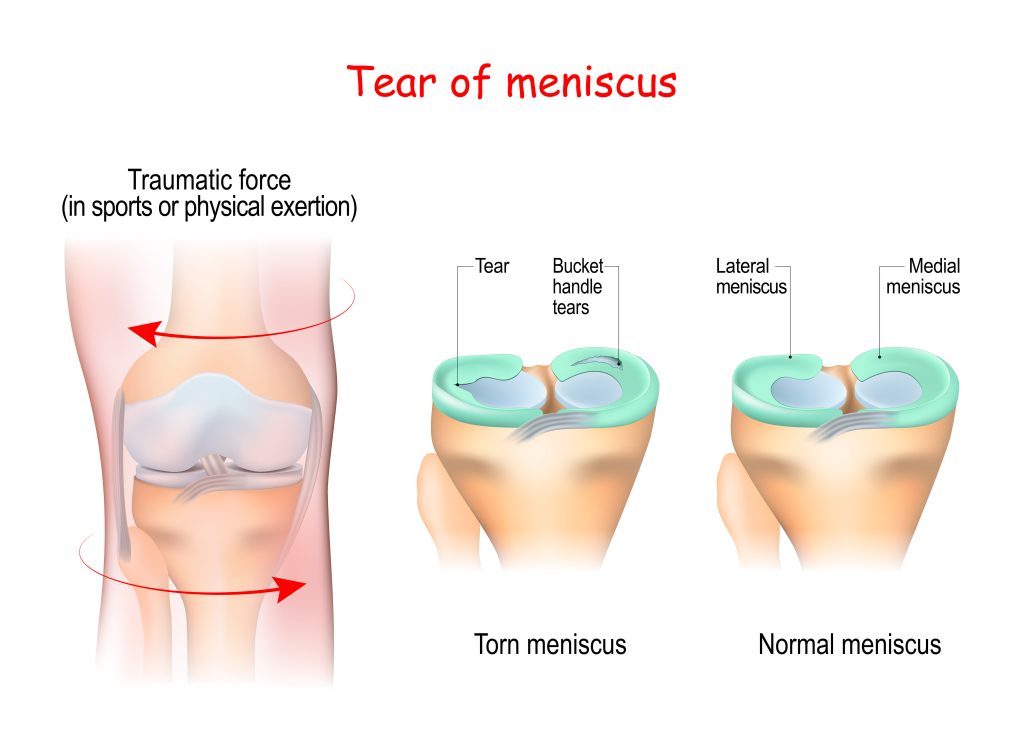
Hip Replacement
Hip replacements are one of the most successful surgeries in modern medicine. The hip is a ball and socket joint and is the largest joint in the body. Signs to look for when considering a hip replacement are pain that restricts daily activity, stiffness, and inability to remain comfortable while resting. True hip pain from arthritis is generally felt in the groin. Most hip arthritis can be successfully managed nonoperatively. Common causes of hip pain are often arthritis related. In a hip replacement, the injured bone and cartilage are replaced with prosthetics. The first total hip replacement was described in 1891. A German surgeon (Themistocles Glück) used ivory to replace hips destroyed by Tuberculosis.
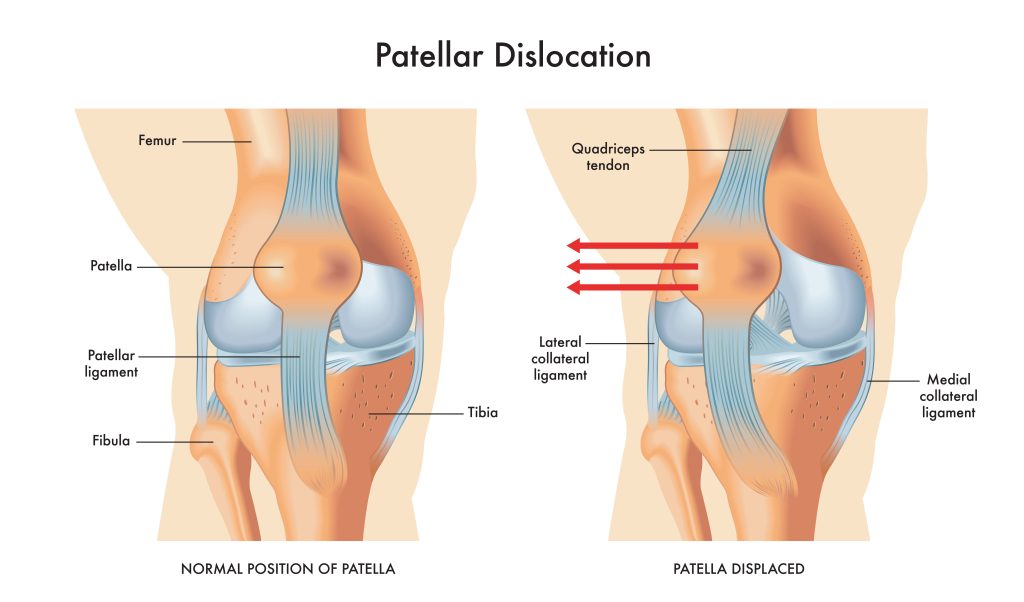
Shoulder Replacement
Shoulder replacement surgeries are often needed by people that suffer from end-stage shoulder arthritis, have fractured their shoulder, or had a massive rotator cuff injury with a resulting arthropathy. There are 3 ways a surgeon can perform a shoulder replacement.
Anatomic shoulder replacement is when both the socket and ball joints are replaced.
Reverse total shoulder replacement is often the option for those who have severely damaged rotator cuffs. It is called reversed shoulder replacement because the implants are placed ‘backward’ and attached to the shoulder blade and upper arm bone.
A partial shoulder replacement is when only the ball of the joining is replaced. The recovery for each of these varies by the surgery chosen and the severity of the injury.
Shoulder replacements have been around since about 1893. A Frenchman, Dr. Jules Emile Pean, put in a platinum replacement with some rubber. The shoulder had been destroyed by tuberculosis. Nonetheless, many historians acknowledge that Dr. Glück probably invented the first shoulder replacement. He simply did not write about it.
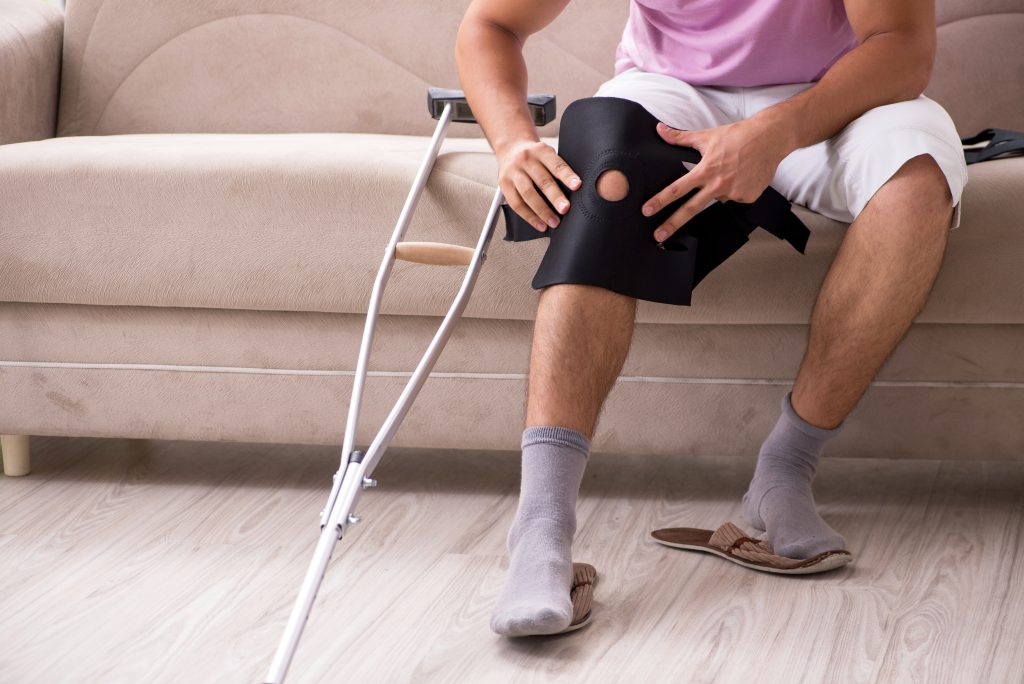
Joint Fusion
Joint fusion surgery, or arthrodesis, is most common among arthritis patients. This is how almost all problems with the spine are managed. A joint fusion is done by removing damaged cartilage and fusing together two bones to make one continuous bone. This removes motion completely at the site in question. This is done with screws, rods, or plates. Following this surgery, patients will sometimes need a cast or brace for several weeks to keep the joint from moving while it heals.
Ankle fusions are a common way to handle ankle arthritis. That said, total ankle replacements are the fastest growing surgery in the country due to great pain relief, good motion, and an ability to return to activities after the surgery.
If you find yourself questioning if you need orthopedic surgery, call Warner Orthopedics and schedule an appointment today.





